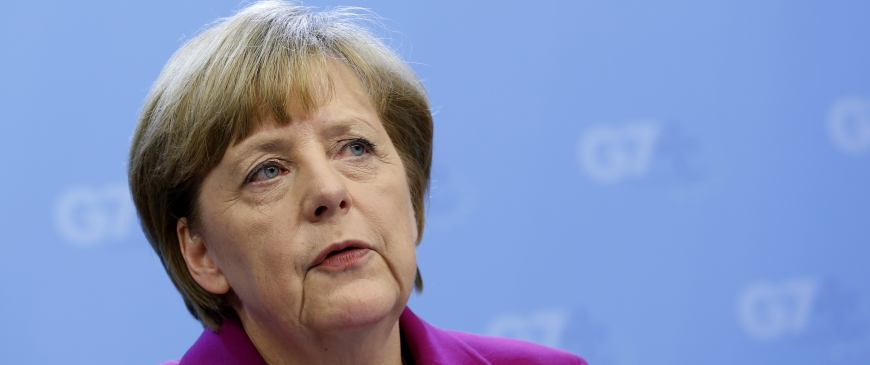
Free lunch: Germany's incredible shrinking surplus
There is certainly a problem in insisting on running a large surplus while simultaneously wanting others to reduce their deficits. But then the best way to resolve that contradiction may be to leave the deficits in place. If that again means Germany will fund reckless loans to the euro periphery (the CER’s Simon Tilford has calculated that Germany has lost half a trillion euros on its foreign investments since 2000), so be it.
But the biggest problem with seeing Germany’s surplus as a particular threat to the eurozone is that the country’s trade surplus with other euro countries is well on its way to vanishing. It is true that the overall surplus is reaching record highs — but none of that is because of trade with other euro member states. As the chart below shows, the German trade surplus with the eurozone almost hit 5 per cent of the German economy on the cusp of the crisis — two-thirds of the total surplus — but by last year that part had fallen to 2.2 per cent of German GDP. In other words, more than 70 per cent of the surplus is now with non-euro countries — much of it with countries outside Europe altogether.
